CHOOSING THE RIGHT TENNIS RACQUET
Selecting the perfect tennis racket can make all the difference to your game, whether you're a complete beginner, an intermediate player looking to refine your skills, or a seasoned pro seeking precision and power.
With so many options available, understanding key factors such as head size, weight, balance, and string patterns is essential. In this guide, we break down the most important considerations for players of all levels to help you find the ideal racket.

Beginner tennis rackets
If you're just starting out, choosing a racket that offers forgiveness, comfort, and ease of use is crucial. Here’s what to look for:
Head size
- Opt for an oversized racket (105–115 sq in / 677–742 sq cm) to provide a larger sweet spot, making it easier to generate power and maintain consistency.
Weight
- A lighter racket (250–300g) helps improve manoeuvrability and reduces fatigue, allowing beginners to swing freely without straining their arms.
Balance
- Look for a head-heavy balance (more than 340mm from the racket’s base / 5pts HH), adding extra power to your shots with minimal effort.
String pattern
- A more open string pattern (16x19) provides better power and spin potential, giving new players an advantage as they develop their technique.

Intermediate tennis rackets
As your skills progress, you’ll want a racket that offers a balance between power and control. Here’s what to consider:
Head size
- A midplus head size (98–105 sq in / 632–677 sq cm) offers a good balance of power and precision, ideal for players who are improving their shot accuracy.
Weight
- A moderate-weight racket (280–310g) provides more stability and control while still allowing for easy handling.
Balance
- Opt for an even-balanced or slightly head-light (320-330mm from the racket’s base / 4-7pts HL) racket to enhance control while maintaining enough power for aggressive play.
String pattern
- Choose between open (16x19) for more spin and power or dense (18x20) for greater control and durability, depending on your playing style.

Advanced & professional tennis rackets
For experienced players, precision, stability, and feel become the top priorities. Here’s what advanced players should look for:
Head size
- A smaller head size (90–98 sq in / 580–632 sq cm) allows for greater control and shot placement, rewarding players with clean technique.
Weight
- A heavier racket (310–350g) delivers maximum stability and power for confident, aggressive play.
Balance
- A head-light balance (310-325mm from the racket’s base / 5-10pts HL) enhances manoeuvrability and provides better control for volleys and quick net play.
String pattern
- An 18x20 string pattern delivers more control and precision, while a 16x19 pattern generates additional spin and power.
Comparing tennis rackets
| Level | Head size | Weight | Balance | String pattern |
| Beginner | Oversized: 105–115 sq in / 677–742 sq cm | Lighter: 250–300g | Head-heavy balance: more than 340mm from the racket’s base / 5pts HH | 16x19 - spin & power |
| Intermediate | Midplus: 98–105 sq in / 632–677 sq cm | Moderate: 280–310g | Even-balanced or slightly head-light: 320-330mm from the racket’s base / 4-7pts HL |
18x20 - control 16x19 - spin & power |
| Advanced |
Smaller: 90–98 sq in / 580–632 sq cm |
Heavier: 310–350g |
Head-light balance: 310-325mm from the racket’s base / 5-10pts HL |
18x20 - control 16x19 - spin & power |
Summary
- The bigger the head size the more power delivered by the trampoline effect.
- The smaller the head size the more maneuverability and precision.
- Small heads fit expert players, delivering their own power to the hit and seeking more consistency.
- Larger heads appeal to beginner and intermediate players seeking more power and a larger sweet spot.



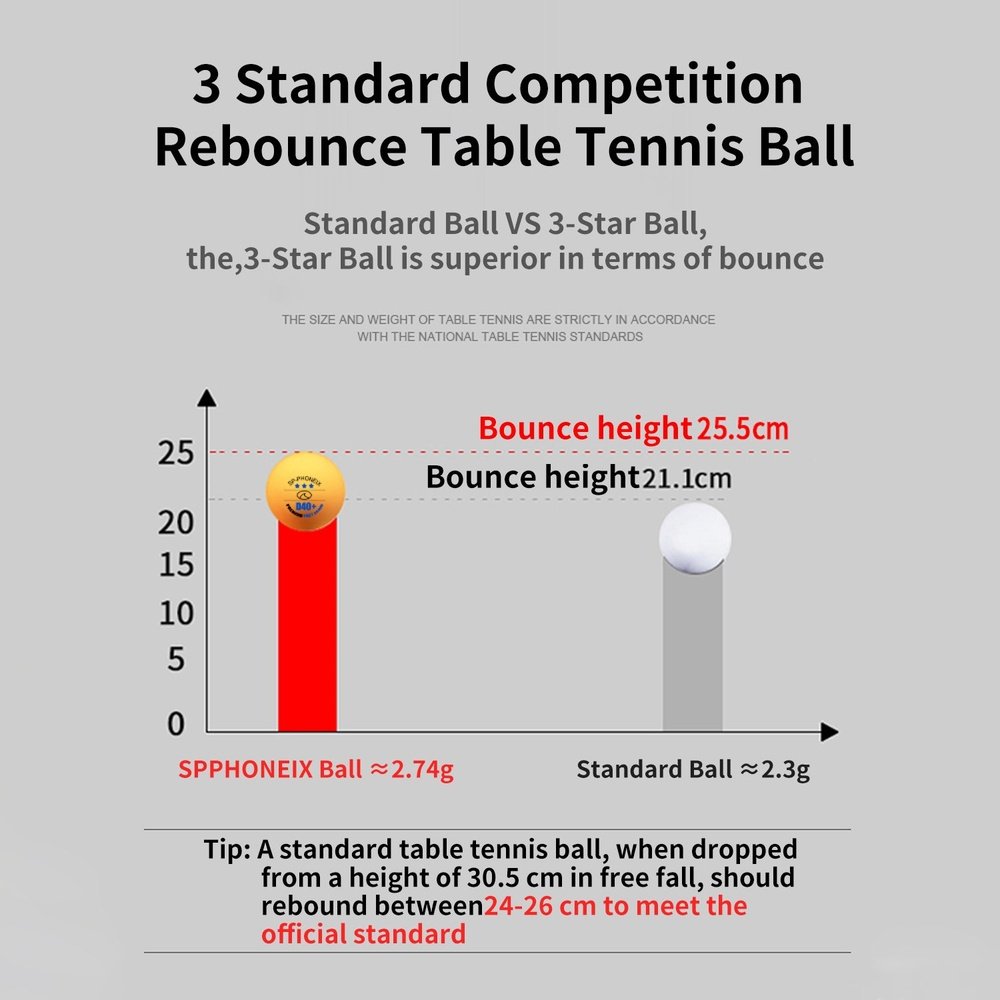

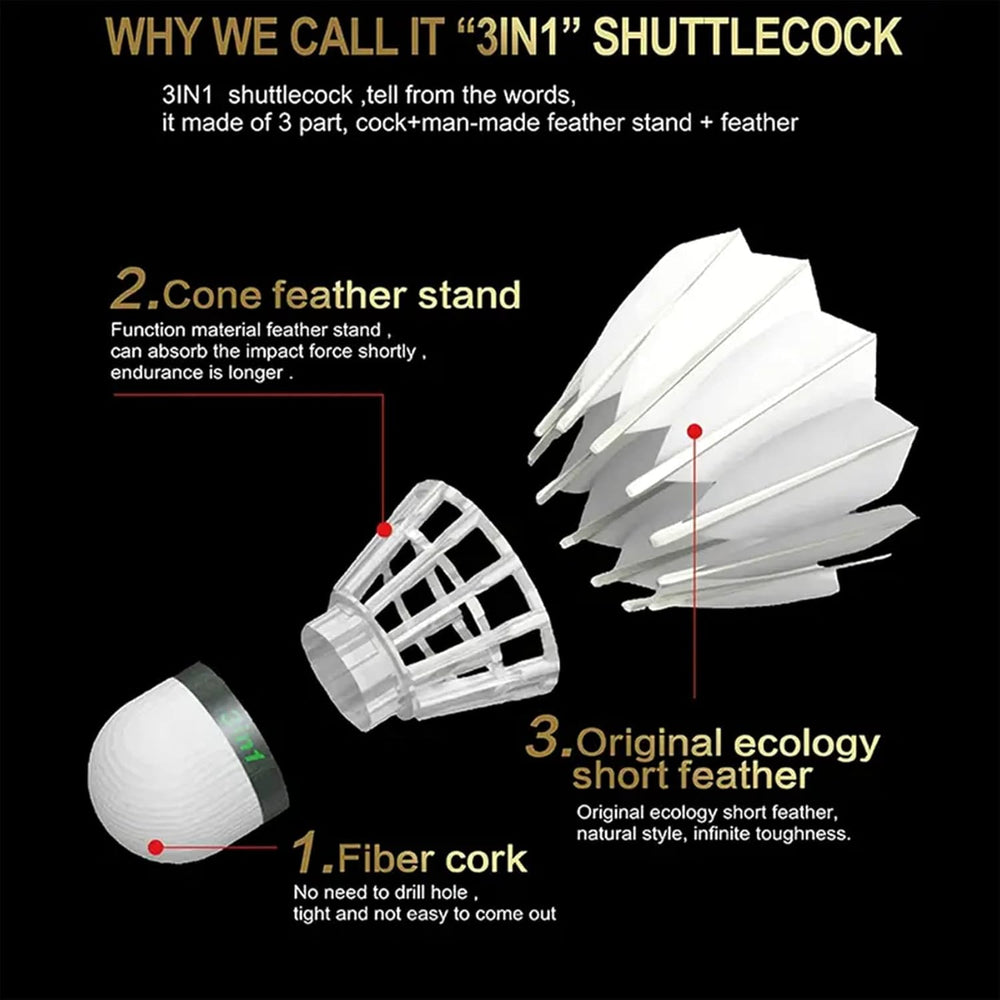



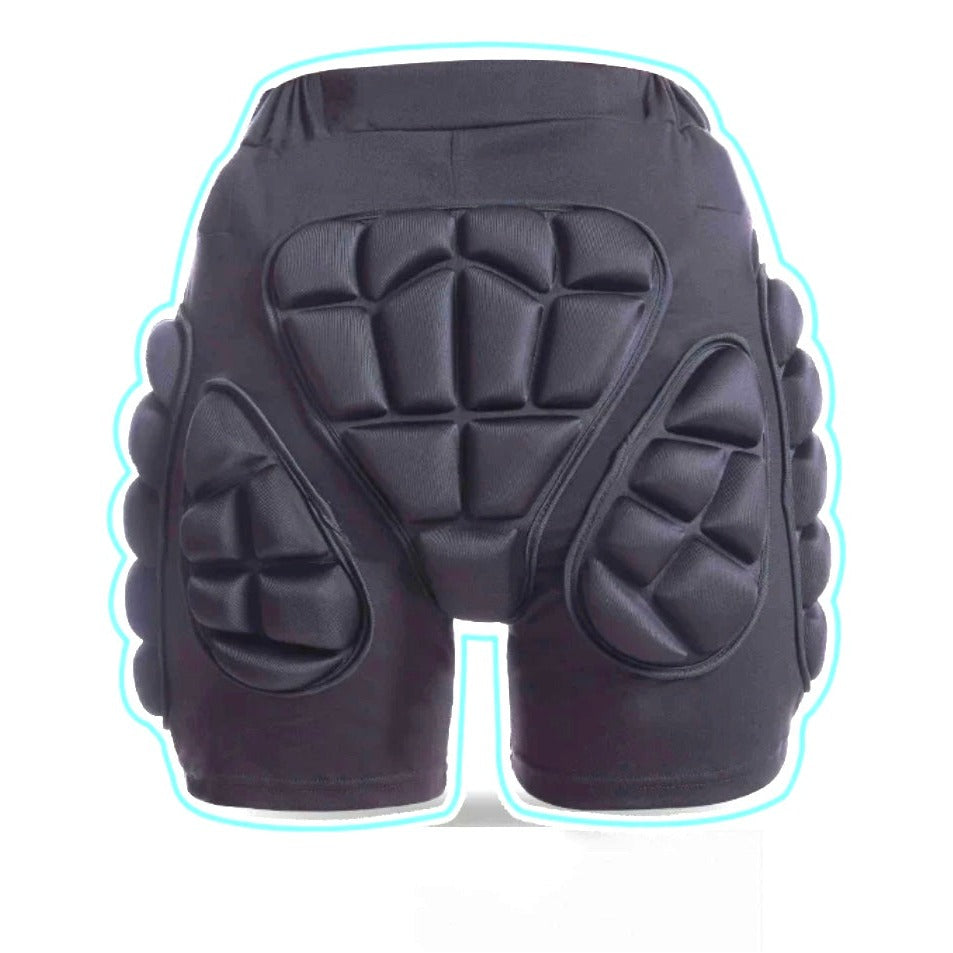
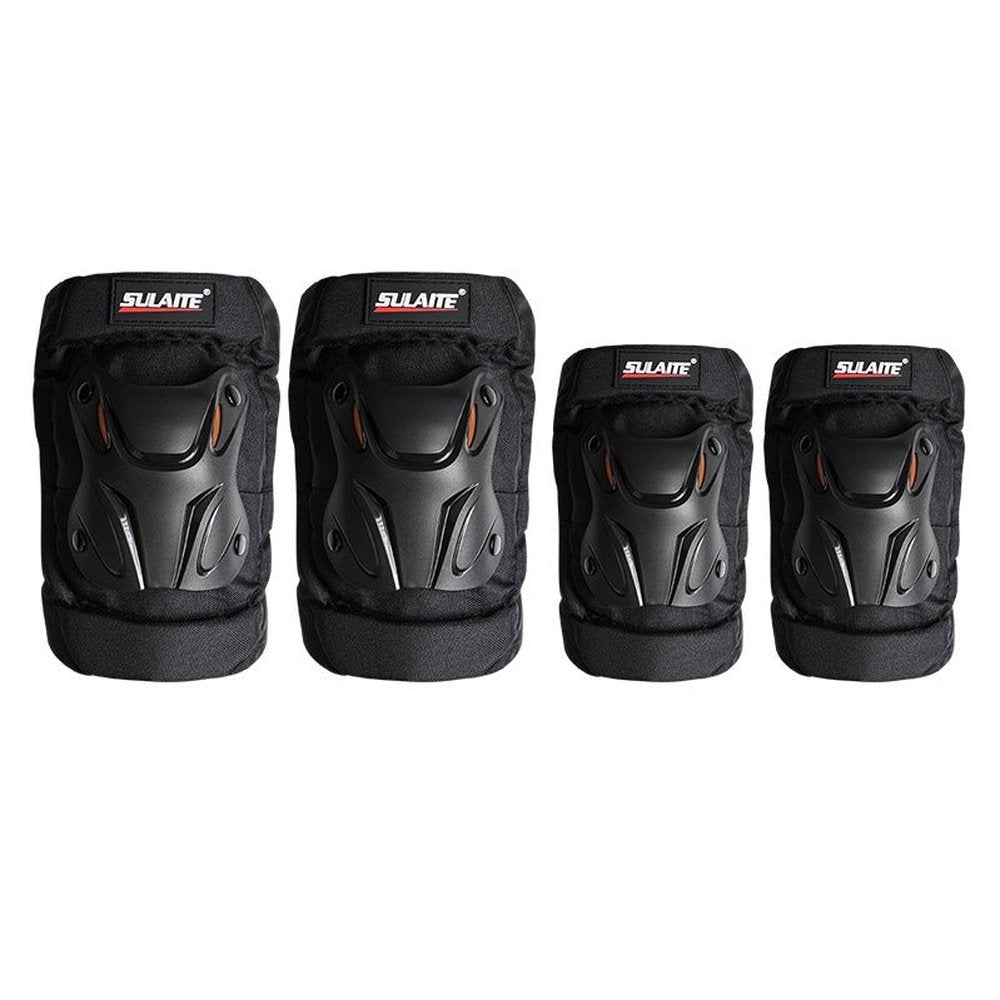
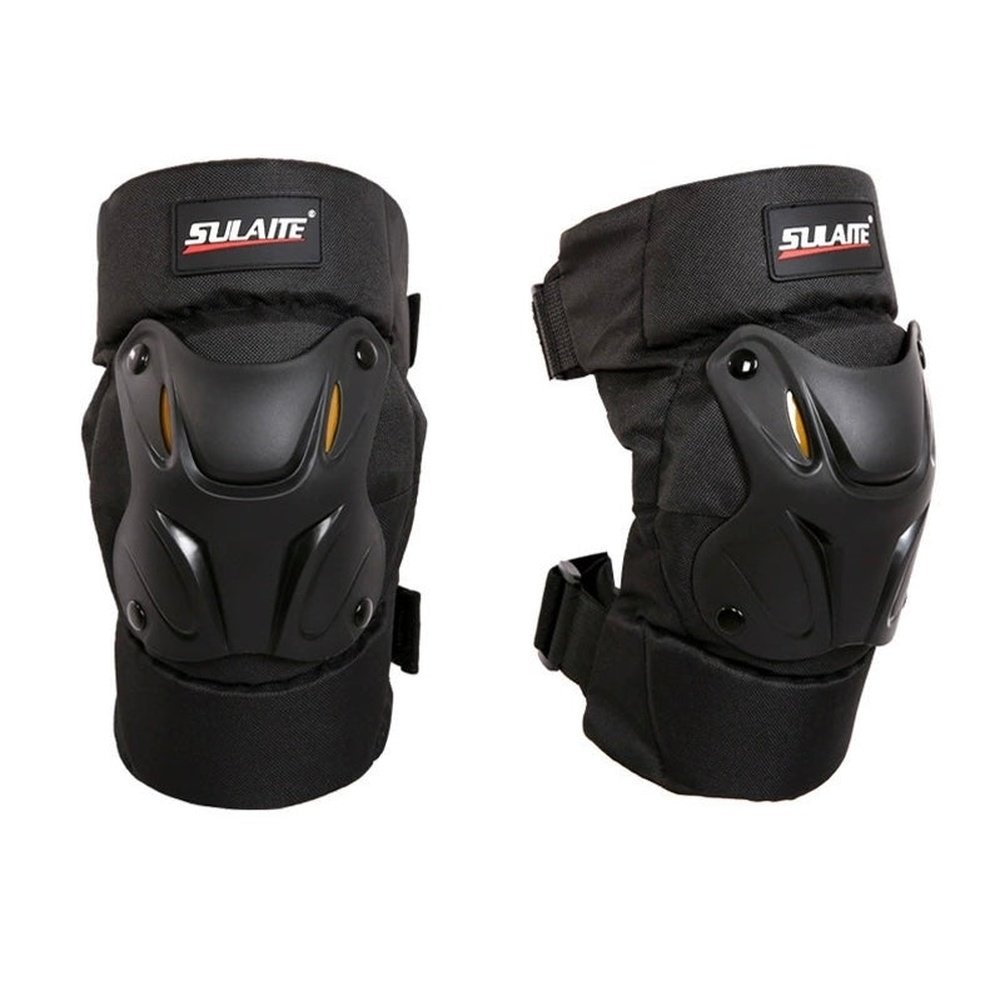


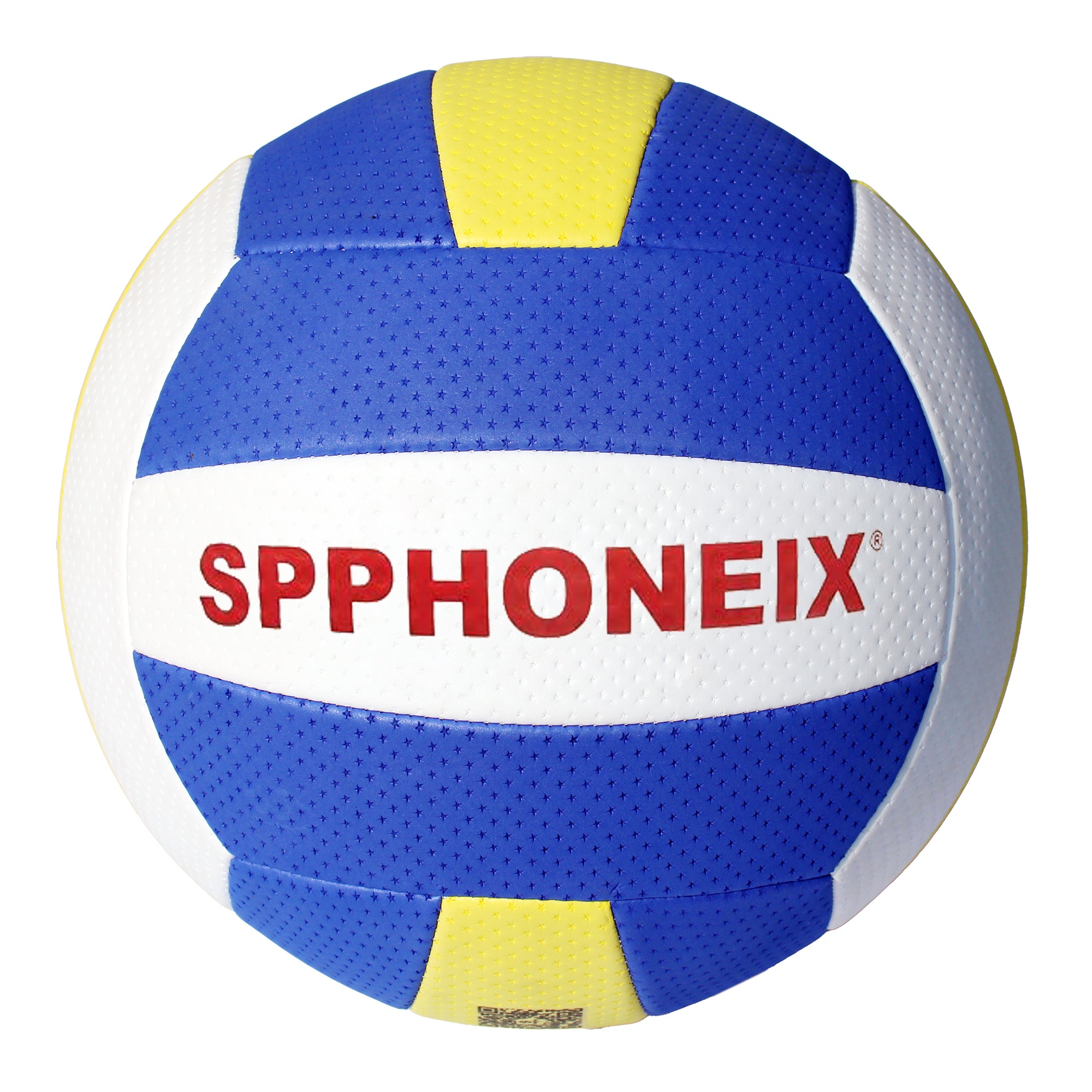
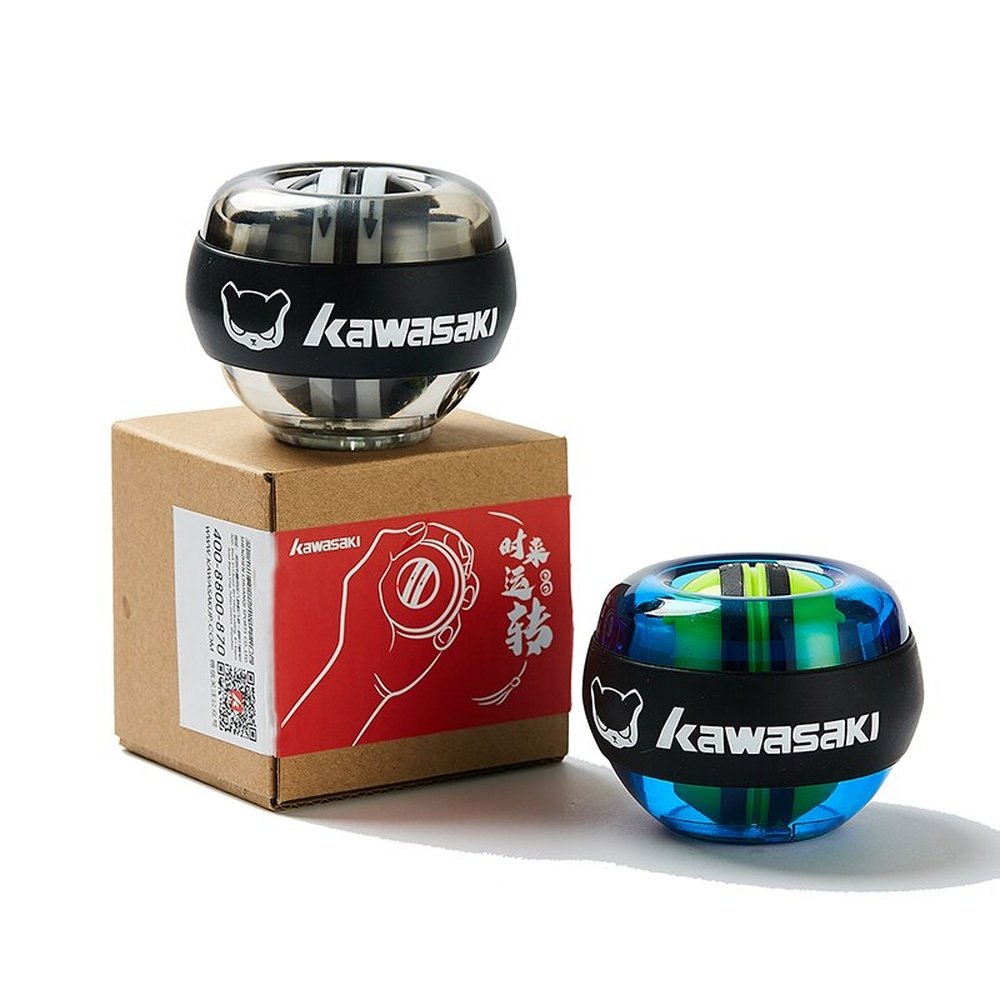
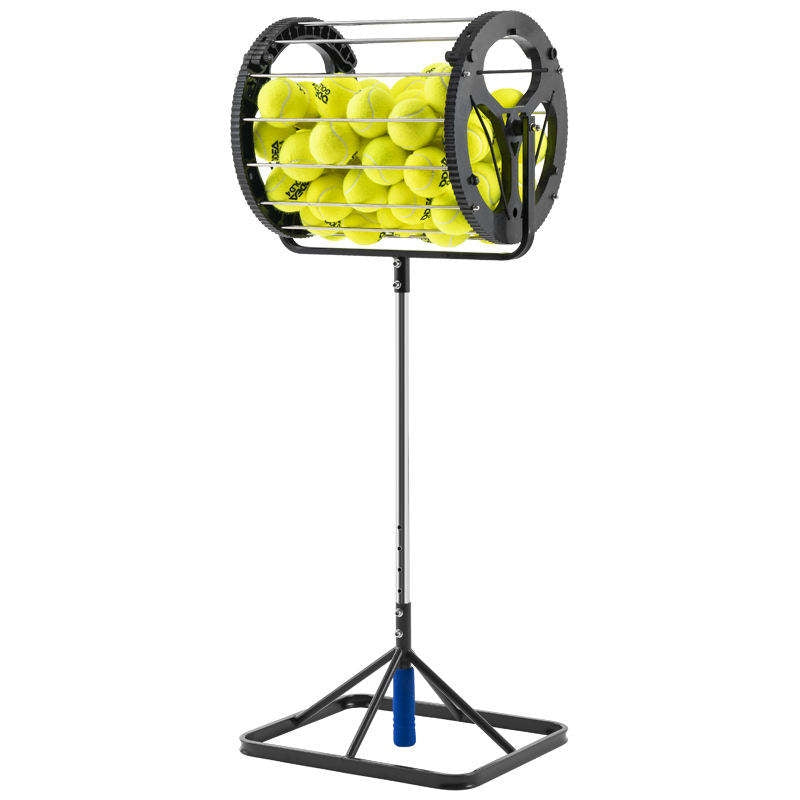
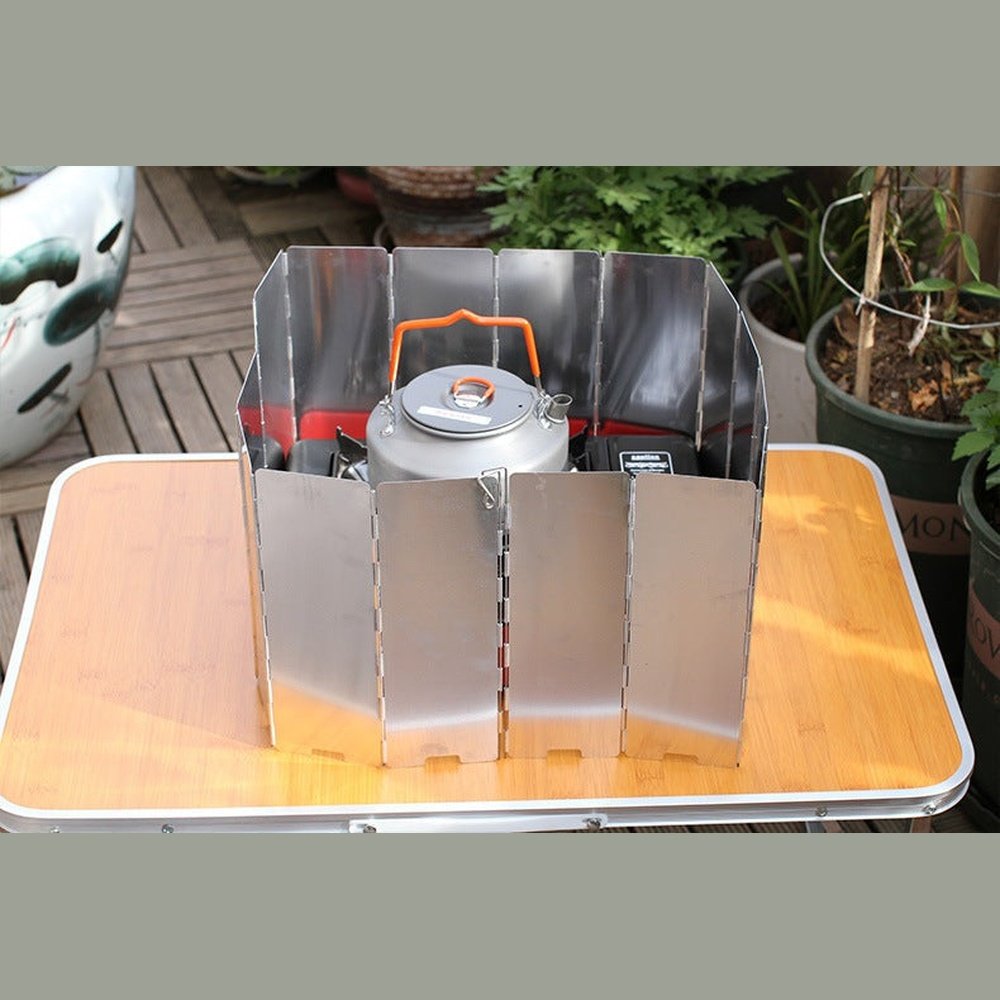

Leave a comment